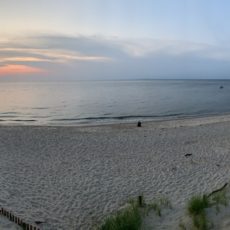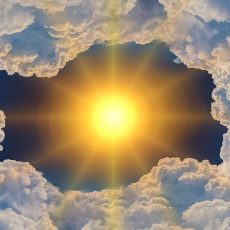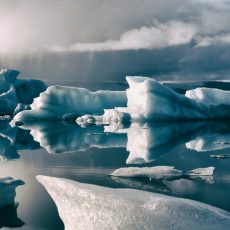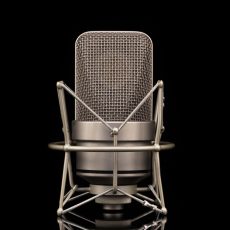A few weeks ago, in the midst of rising coronavirus cases worldwide, political upheaval, extreme weather events in the form of back to back hurricanes in the northern hemisphere and typhoons in the southern, and ongoing fires in the American west, Mario Molina, a chemist whose work on the ozone layer earned him a Nobel Prize in 1995, quietly passed away in Mexico City. He was 77. Molina’s work was crucial to enacting the Montreal Protocol on Substances that Deplete the Ozone Layer in 1987, and it made him one of the most consequential scientists of the past 50 years.
Learn more in the latest vid from the Hive!
Read more









